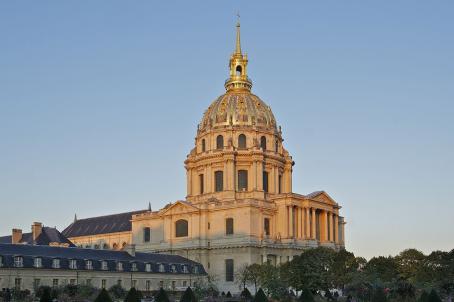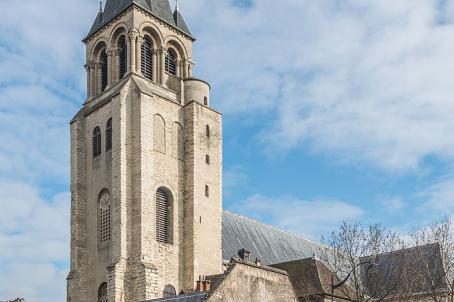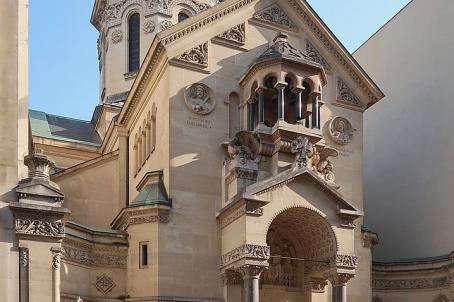Basilica of Sainte-Clotilde, Paris
The Basilica of Sainte-Clotilde is one of the five minor basilicas of Paris. Before its construction from 1846 to 1857, the church of Saint Valère stood, formerly the chapel of a monastery dissolved in 1790. The architects of the church, François-Christian Gau (until 1854) and Théodore Ballu, designed with Sainte-Clotilde what is considered to be the first neo-Gothic style church in Europe.






